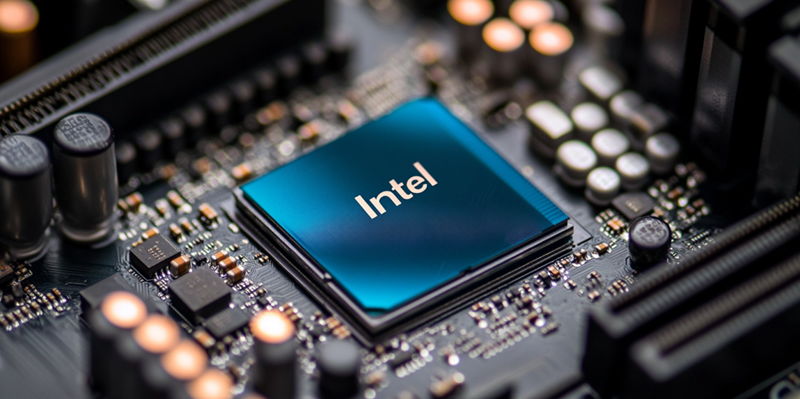The latest leak concerning Intel’s Core Ultra 9 285 CPU has generated significant buzz within the tech community, as enthusiasts and industry watchers eagerly anticipate the processor’s release. Part of Intel’s Arrow Lake lineup, the Core Ultra 9 285 was recently put through its paces in a Geekbench 6 performance test. The test results reveal intriguing insights into the capabilities and potential performance of this new processor. While the initial benchmarks show promise, they also highlight some performance gaps that might give pause to those considering an upgrade. This assessment, derived from testing on an Asus Prime Z890-P motherboard equipped with an LGA 1851 socket, provides a window into what we can expect from Intel’s next-gen CPUs.
Detailed Specifications and Initial Performance Metrics
The Core Ultra 9 285 is a formidable piece of hardware, boasting a 24-core, 24-thread configuration designed to strike a balance between performance and power efficiency. Unlike its overclockable K variant, which has a TDP (Thermal Design Power) of 125W, the Core Ultra 9 285 has a more modest 65W TDP, indicating a focus on mainstream users who prioritize energy efficiency. The CPU’s architecture features a mix of 8 performance cores and 16 efficiency cores, underscoring Intel’s strategy to optimize computing power without an undue increase in energy consumption. Additionally, the processor comes with 36MB of L3 cache, a base clock speed of 2.5GHz, and a maximum boost speed of 5.6GHz.
The Geekbench 6 test paired the Core Ultra 9 285 with 8GB of DDR5-5600 memory, providing a glimpse into its real-world performance. The CPU achieved a single-core score of 3,081, which is considered respectable and aligns with expectations for processors in its class. However, its multi-core score of 14,150 fell short compared to the current non-K flagship model, the Core i9-14900, which typically ranges between 17,000 and 18,000 in similar tests. This discrepancy suggests that the early-stage performance of the Core Ultra 9 285 may not fully represent its final capabilities, likely due to various factors including software optimization and testing conditions.
Focus on Power Efficiency and Market Positioning
One of the key trends evident from the Core Ultra 9 285’s specifications and initial performance tests is Intel’s deliberate focus on balancing power efficiency with performance. The architecture’s blend of performance and efficiency cores is designed to manage power utilization more effectively than previous generations. This approach not only makes the processor appealing to a broader user base but also addresses the growing demand for energy-efficient computing solutions. With an emphasis on lower TDP ratings, Intel is positioning the Core Ultra 9 285 as a versatile option for both professional and personal use cases, distinguishing it from the more power-hungry K variants.
Despite the promising specs, the performance gaps highlighted by the Geekbench 6 results have prompted questions about the processor’s readiness. While the single-core performance appears robust, the lower-than-expected multi-core score suggests that there may be room for improvement before the processor’s final release. This could be attributed to the maturity of the testing hardware and software, as performance metrics often fluctuate at this stage of development. Industry analysts, including sources like Wccftech, caution that these early results may not be indicative of the processor’s true potential, expecting better alignment with K variant benchmarks closer to the official launch.
Anticipation Surrounding the Arrow Lake Lineup
The latest buzz in the tech community centers around the leak of Intel’s Core Ultra 9 285 CPU. As part of Intel’s Arrow Lake series, this processor has enthusiasts and industry experts eagerly awaiting its release. Recently, the Core Ultra 9 285 underwent a Geekbench 6 performance test, providing a glimpse into its capabilities and potential. The results offer intriguing insights, suggesting both promising performance and some notable gaps that may give potential upgraders a moment of pause.
This preliminary evaluation, conducted using an Asus Prime Z890-P motherboard featuring an LGA 1851 socket, sheds light on what we might expect from Intel’s forthcoming generation of CPUs. Although the initial benchmarks indicate that the Core Ultra 9 285 has strong potential, they also underscore areas where performance could lag, offering a balanced view of its strengths and limitations. Overall, this leak has amplified anticipation and speculation about Intel’s next-gen processors, setting the stage for further scrutiny and excitement as the official release approaches.

